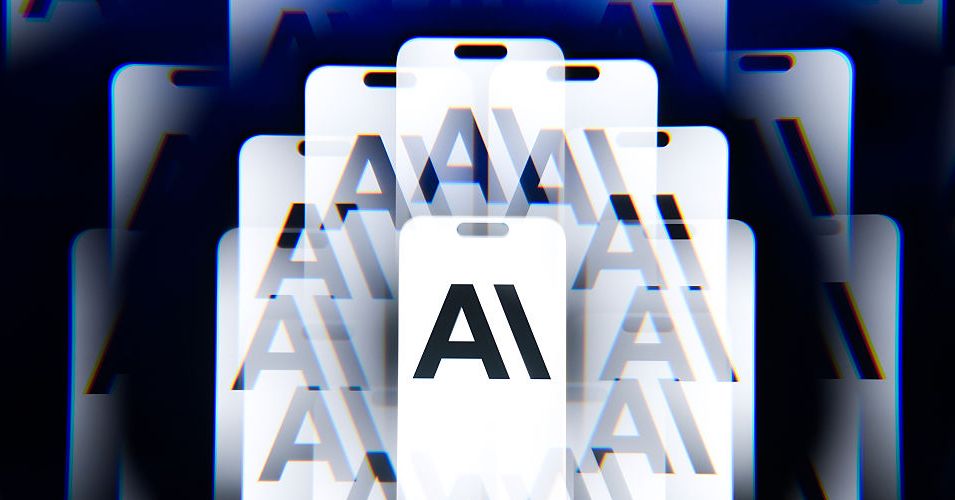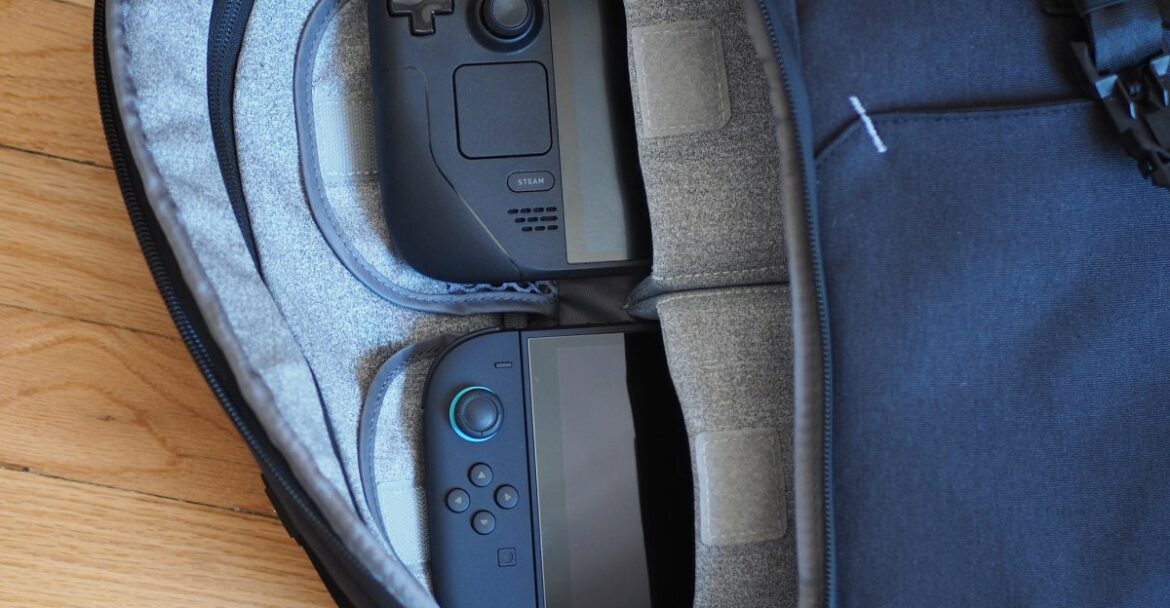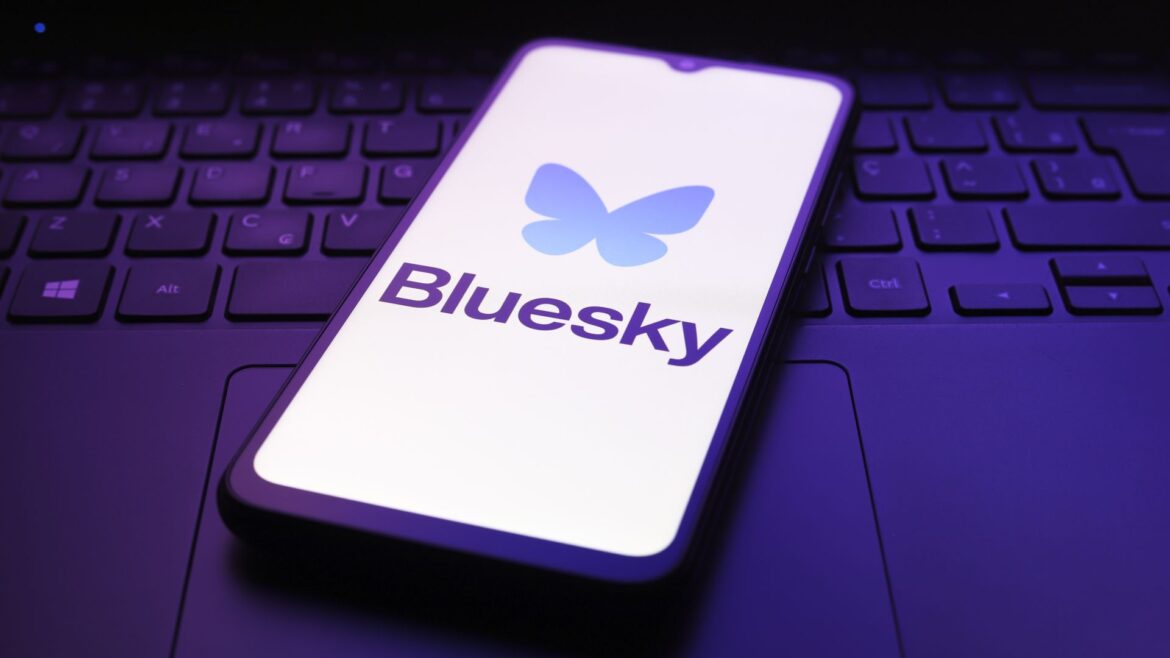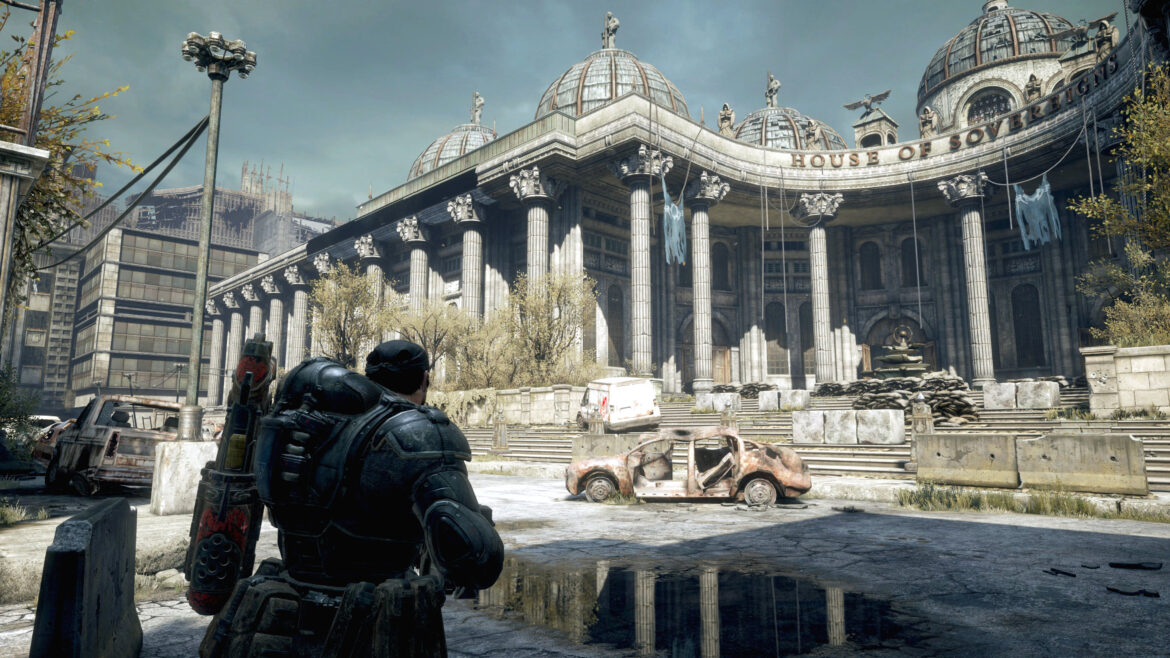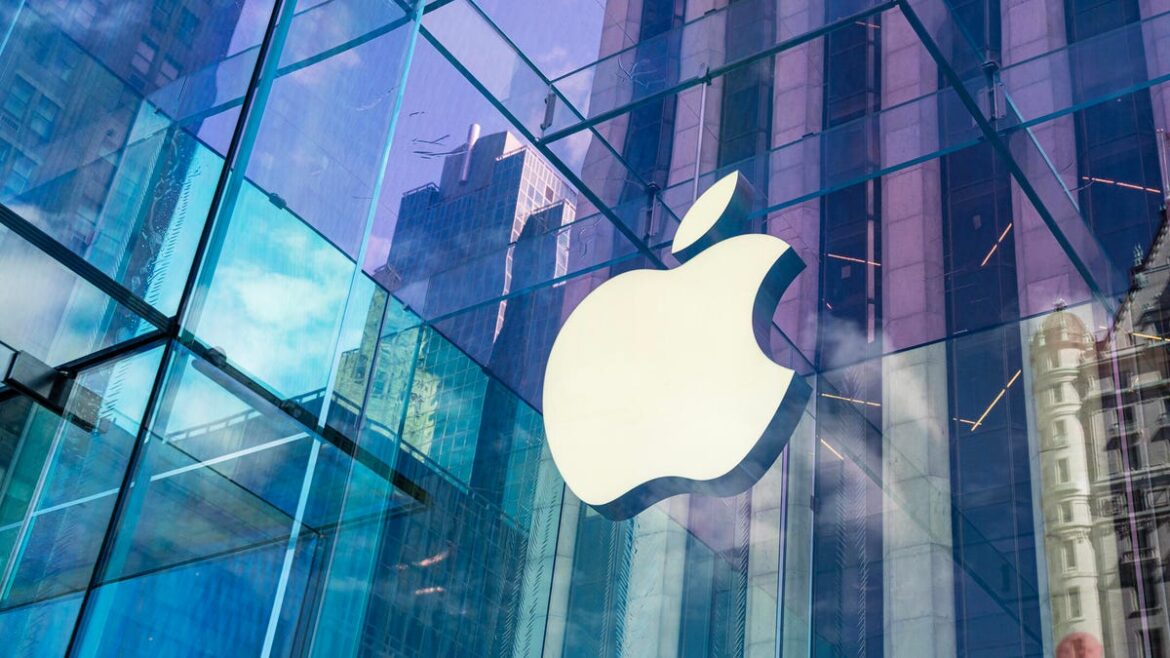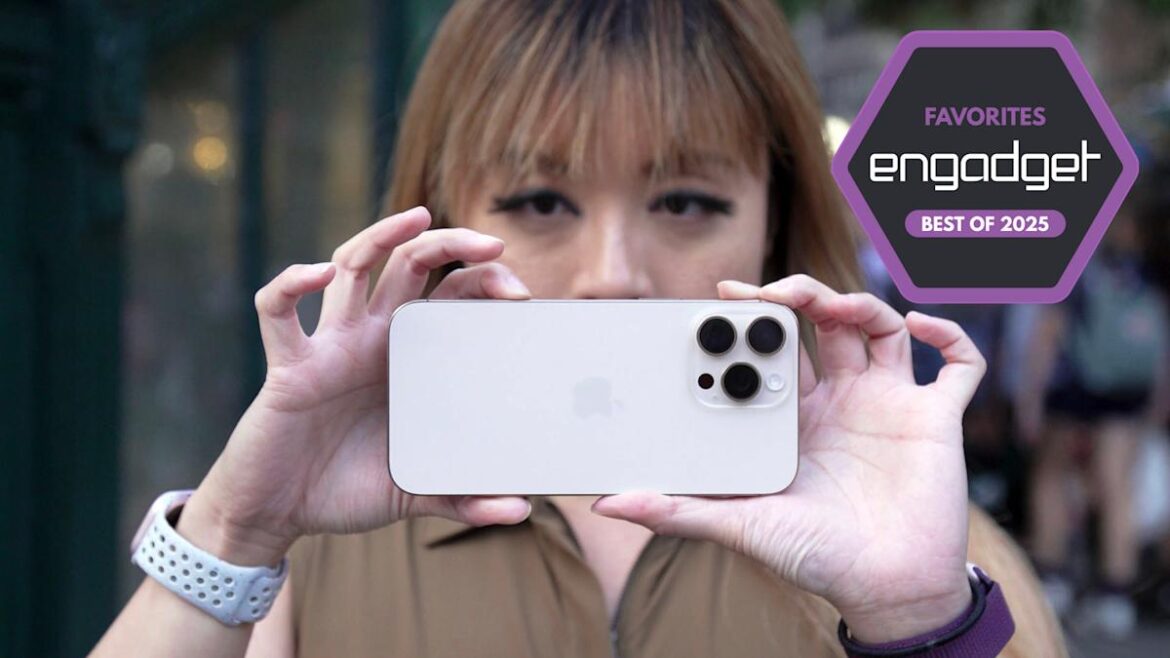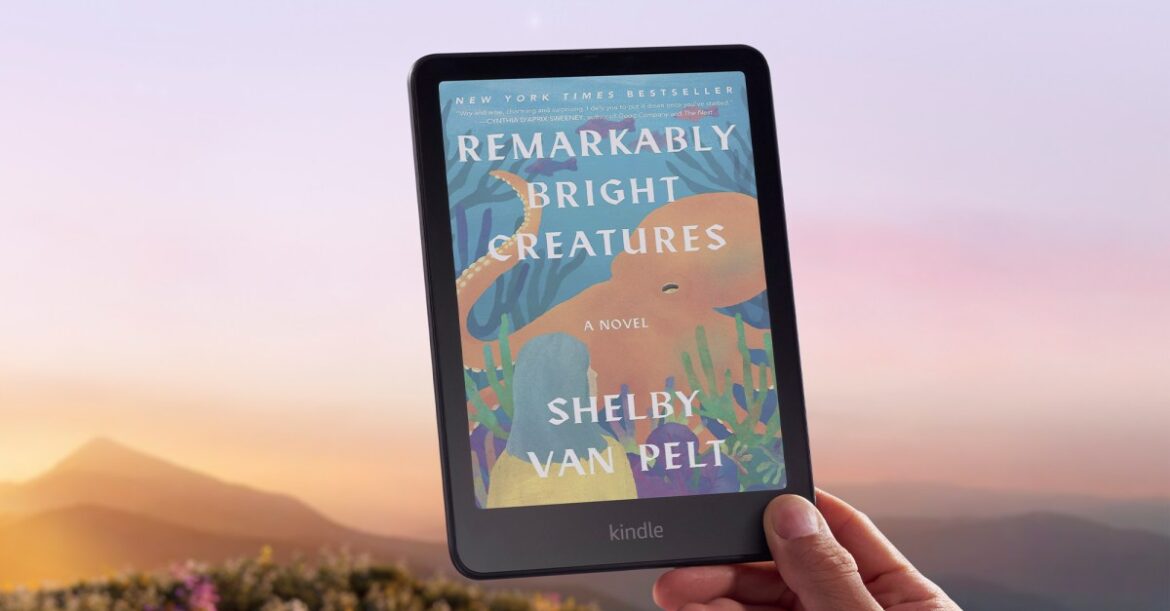Anthropic has reached a preliminary settlement in a class action lawsuit brought by a group of prominent authors, marking a major turn in of the most significant ongoing AI copyright lawsuits in history. The move will allow Anthropic to avoid what may have been a financially devastating outcome in court.
The settlement agreement is expected to be finalized September 3, with more details to follow, according to a legal filing published on Tuesday. Lawyers for the plaintiffs did not immediately respond to requests for comment. Anthropic declined to comment.
In 2024, three book writers, Andrea Bartz, Charles Graeber, and Kirk Wallace Johnson, sued Anthropic, alleging the startup illegally used their work to train its artificial intelligence models. In June, California district court judge William Alsup issued a summary judgement in Bartz v. Anthropic largely siding with Anthropic, finding that the company’s usage of the books was “fair use,” and thus legal.
But the judge ruled that the manner in which Anthropic had acquired some of the works, by downloading them through so-called “shadow libraries,” including a notorious site called LibGen, constituted piracy. Alsup ruled that the book authors could still take Anthropic to trial in a class action suit for pirating their works; the legal showdown was slated to begin this December.
Statutory damages for this kind of piracy start at $750 per infringed work, according to US copyright law. Because the library of books amassed by Anthropic was thought to contain approximately seven million works, the AI company was potentially facing court-imposed penalties amounting to billions, or even over $1 trillion dollars.
“It’s a stunning turn of events, given how Anthropic was fighting tooth and nail in two courts in this case. And the company recently hired a new trial team,” says Edward Lee, a law professor at Santa Clara University who closely follows AI copyright litigation. “But they had few defenses at trial, given how Judge Alsup ruled. So Anthropic was starting at the risk of statutory damages in ‘doomsday’ amounts.”
Most authors who may have been part of the class action lawsuit were just starting to receive notice that they qualified to participate. The Authors Guild, a trade group representing professional writers, sent out a notice alerting authors that they might be eligible earlier this month, and lawyers for the plaintiffs were scheduled to submit a “list of affected works” to the court on September 1. This means that many of these writers were not privy to the negotiations that took place.
“The big question is whether there is a significant revolt from within the author class after the settlement terms are unveiled,” says James Grimmelmann, a professor of digital and internet law at Cornell University. “That will be a very important barometer of where copyright owner sentiment stands.”
Anthropic is still facing a number of other copyright-related legal challenges. One of the most high-profile disputes involves a group of major record labels, including Universal Music Group, which allege that the company illegally trained its AI programs on copyrighted lyrics. The plaintiffs recently filed to amend their case to allege that Anthropic had used the peer-to-peer file sharing service BitTorrent to download songs illegally.
Settlements don’t set legal precedent, but the details of this case will likely still be watched closely as dozens of other high-profile AI copyright cases continue to wind through the courts.

